Chicken Curry – Filipino Style
DifficultyMedium
Servings4 – 5
Prep time15 minutes
Total time1 hour
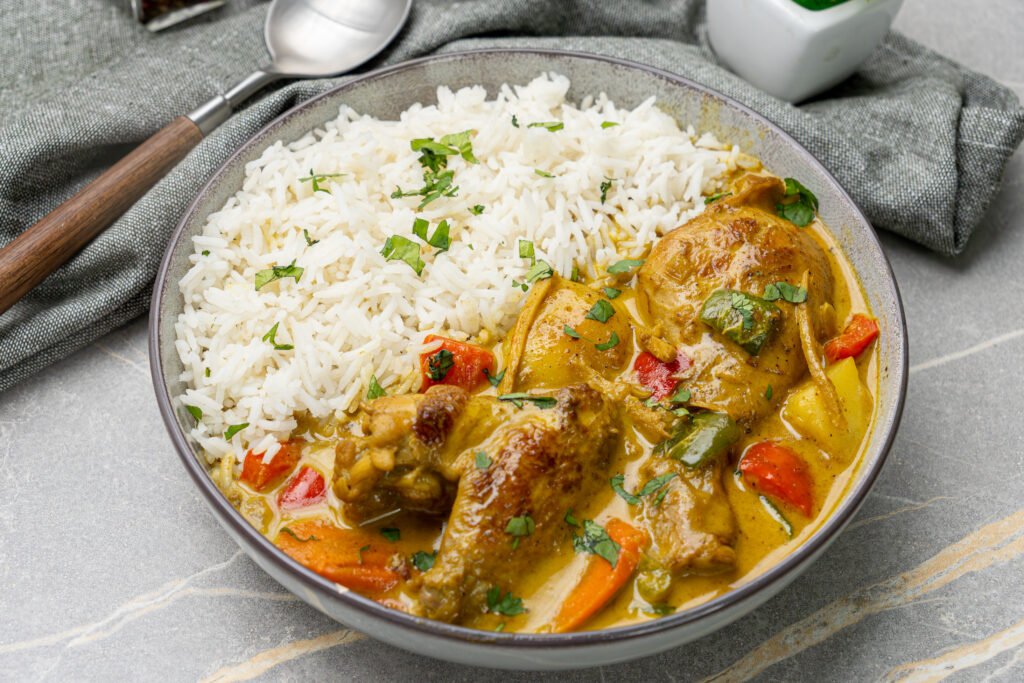
Chicken Curry is a hearty and flavorful dish made with tender chicken pieces, coconut milk, and a warm blend of spices. The dish starts by cooking chicken with garlic, onion, and ginger until the meat is browned and aromatic. Then, curry powder is added to give the dish its signature flavor. Coconut milk is poured in to make it creamy and slightly sweet. Potatoes, carrots, and bell peppers are added not just for color and texture, but also to balance the richness with their natural sweetness.
This dish is known for its comforting and homey taste. It’s not too spicy unless you want it to be Filipinos often add just a bit of chili for mild heat. It’s usually served with hot white rice, perfect for soaking up the flavorful sauce. Compared to Indian or Thai curries, the Filipino version is simpler and milder, often reflecting family-style cooking. It’s a dish that brings people together and is loved by both kids and adults alike.
Why Filipino Love this Dish?
Filipino chicken curry is a favorite in many Filipino homes because it’s comforting, flavorful, and easy to love. The mix of tender chicken, creamy coconut milk, and gentle spices brings a warm, familiar taste that reminds many people of home-cooked meals and family gatherings. It’s the kind of dish that fills both the belly and the heart simple enough for everyday cooking but special enough for guests.
Another reason it’s loved is how flexible it is. You can add more chili for heat, more veggies for color and nutrition, or tweak the seasonings to suit your own style. It’s often passed down through generations, with each family adding their own twist. Served with rice, it becomes a satisfying, complete meal that’s loved by kids and grown-ups alike. It’s this blend of heart, heritage, and homey flavors that makes it a Filipino classic.
It also holds a special place in Filipino culture because it blends local ingredients with global influence. Curry was introduced through trade and colonization, but Filipinos made it their own by using coconut milk, local vegetables, and affordable cuts of meat. This adaptability reflects the Filipino way of taking something foreign and turning it into something uniquely theirs comforting, practical, and bursting with soul.

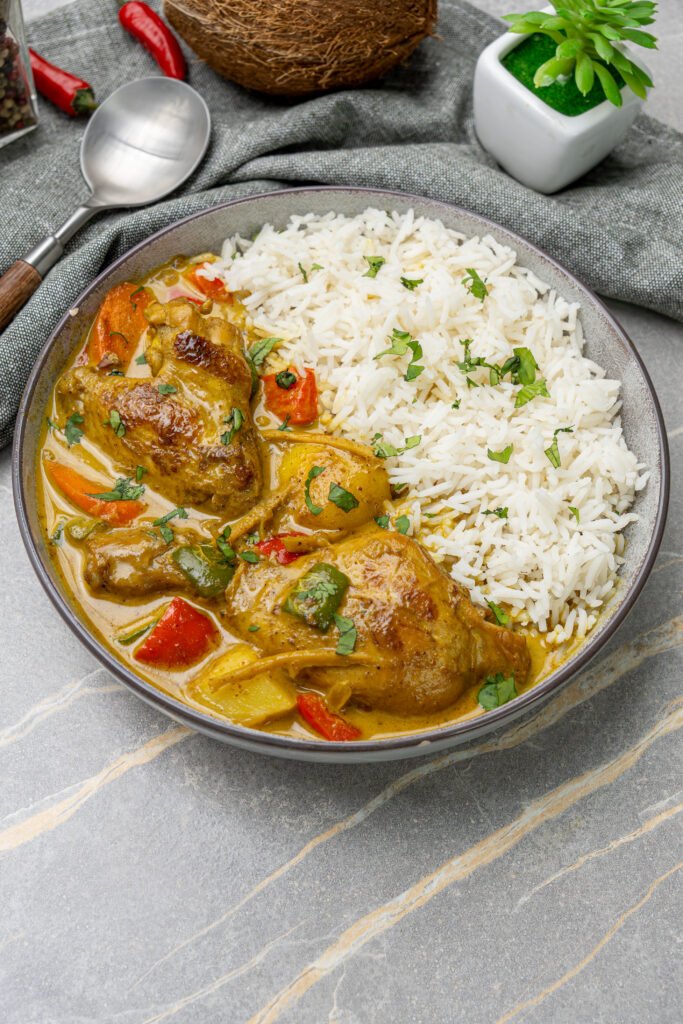
What Makes this Dish Unique and Special?
What makes Filipino chicken curry unique is how it blends global inspiration with local tradition. While curry traces its roots to Indian and Southeast Asian cuisines, the Filipino version sets itself apart with the use of rich coconut milk, native vegetables like potatoes and bell peppers, and a flavor profile that’s milder, sweeter, and more comforting. It doesn’t rely on heavy spices or intense heat instead, it brings balance through a creamy, savory-sweet sauce that pairs perfectly with steamed rice.
Another defining feature is its adaptability to Filipino family kitchens. It’s not made with store-bought curry pastes or complex techniques; instead, it uses simple pantry ingredients and affordable cuts of meat, making it accessible to many households. The result is a dish that feels both familiar and special something that reflects everyday creativity and care, and captures the essence of Filipino home cooking.
What makes Filipino chicken curry even more special is the way it brings people together. Whether shared at family dinners or festive gatherings, it often carries with it stories, laughter, and the comforting feeling of home. More than just a dish, it becomes a meaningful tradition passed from kitchen to table, time and again.
How Filipino Eat this Dish?
Filipinos usually enjoy chicken curry with plenty of steamed white rice, which soaks up all the rich, creamy sauce. Meals are typically served family-style, with the pot placed at the center of the table and everyone helping themselves. It’s common to eat using a spoon and fork. Fork in the left hand to push food onto the spoon, which is held in the right.
At home, it’s often paired with simple sides like pickled vegetables (atchara) or a light salad to balance the richness. Some even enjoy it with warm pandesal (Filipino bread rolls) to scoop up the last bits of curry. The experience is casual and communal, filled with conversation, second helpings, and sometimes a little rice pressed together by hand for that final, satisfying bite.

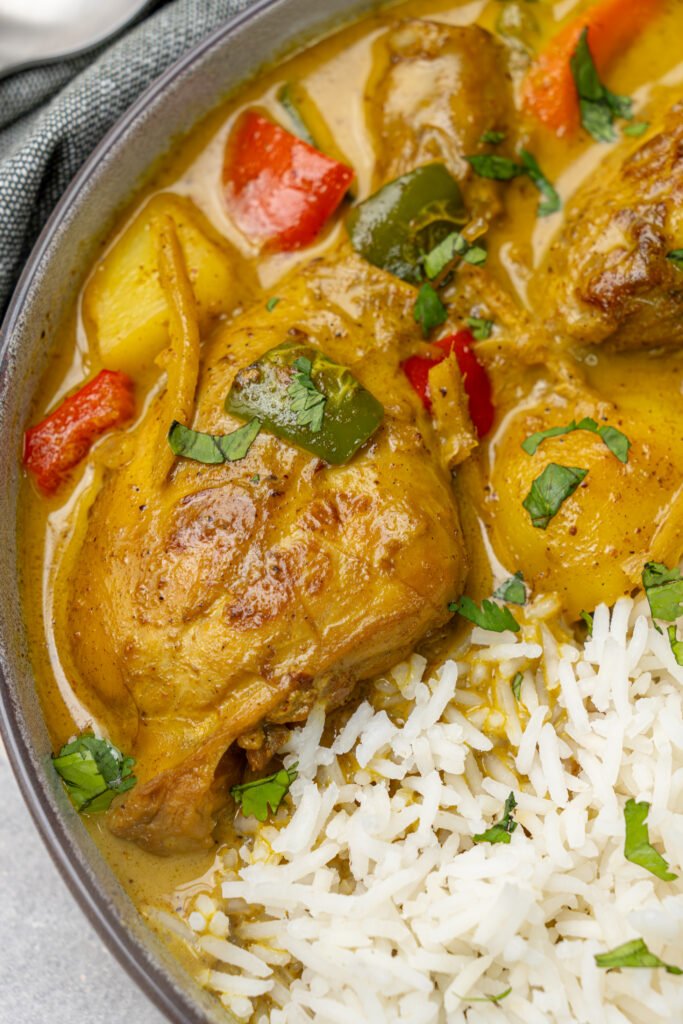
What are Filipino Methods to Cook Chicken Curry?
Classic Pan-Sauté Method:
Sear vegetables first, set aside. Sauté aromatics, brown chicken, add curry powder, coconut milk, and broth. Simmer, then return veggies.
Palayok Method (Clay Pot Cooking):
Heat the palayok slowly, then sauté aromatics in oil. Add chicken, curry powder, coconut milk, and broth. Simmer gently, add vegetables midway, and cook until tender. The clay pot adds a subtle earthy flavor and keeps the dish warm longer.
Let me know if you’d like this included in a visual or printable format!
One-Pot Method:
Cook everything in stages in one pot start with aromatics, then chicken, curry powder, liquids, and veggies. Simmer until tender.
Slow Cooker Method:
Add all ingredients to the slow cooker. Cook on low for 6–8 hours or high for 3–4. Stir gently before serving.
Pressure Cooker Method:
Sauté aromatics and chicken in the pot. Add remaining ingredients, cook under high pressure for 10–12 minutes. Simmer briefly to thicken.
Final Thoughts
Filipino chicken curry is more than just a dish it’s a reflection of homegrown creativity, cultural fusion, and the comforting rhythm of everyday meals. With its velvety coconut sauce, tender chicken, and colorful vegetables, it captures the heart of Filipino cooking: resourceful, flavorful, and always meant to be shared.
Whether made traditionally in a palayok or simmered in a modern kitchen, it remains a beloved classic that invites connection across generations. It’s proof that the most meaningful recipes are the ones tied not just to taste, but to memory.
Give it a try and let me know how you like it! I’d love to hear your thoughts and any variations you come up with. Happy cooking!
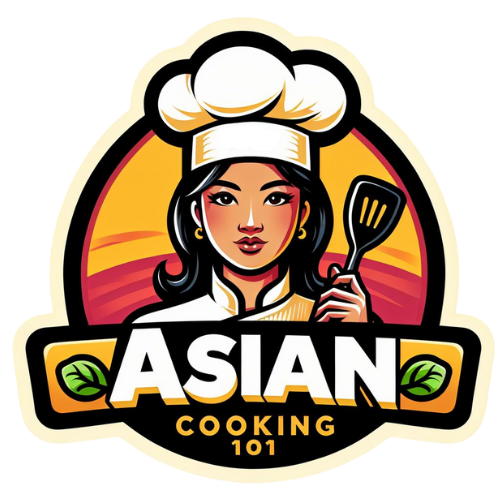
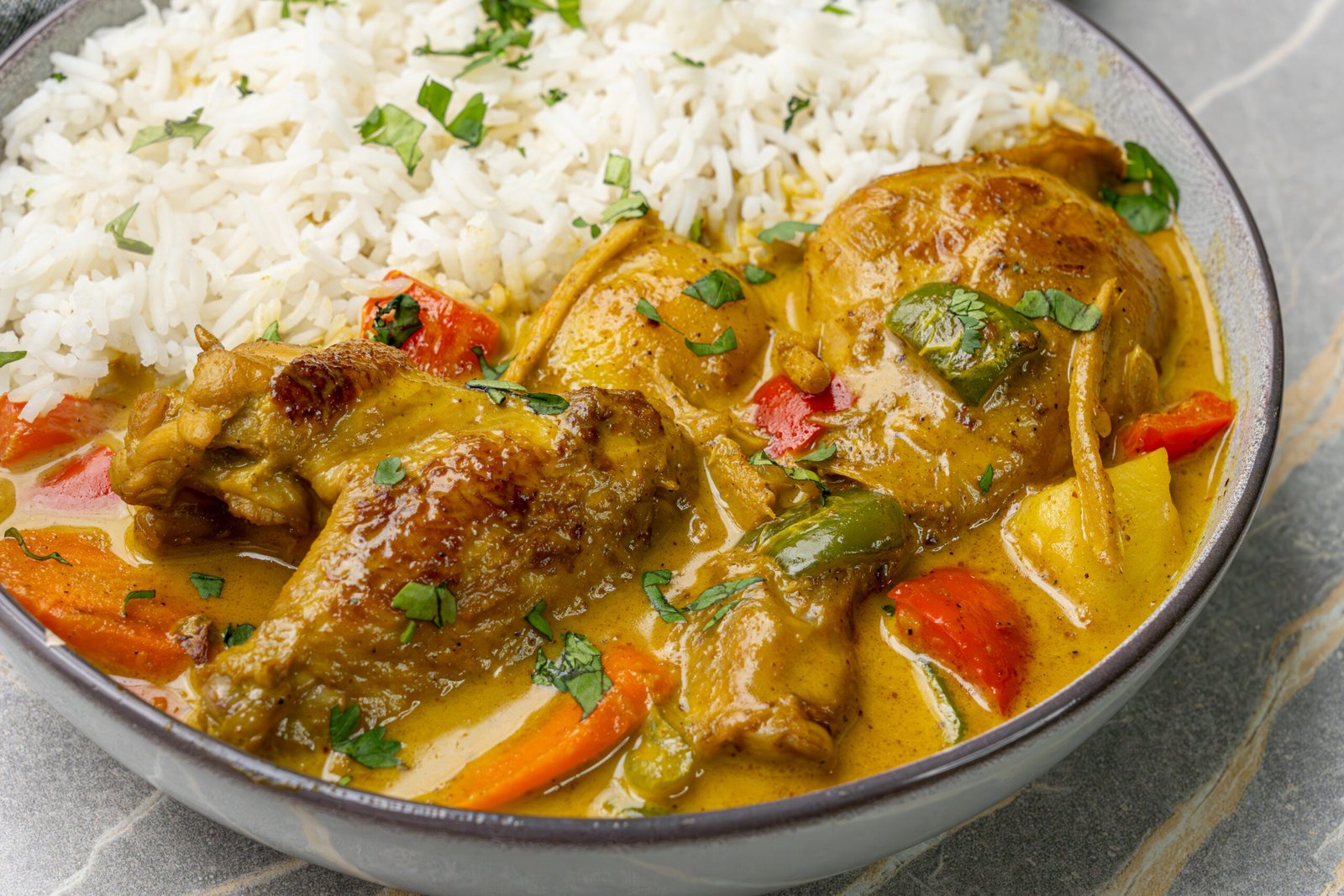
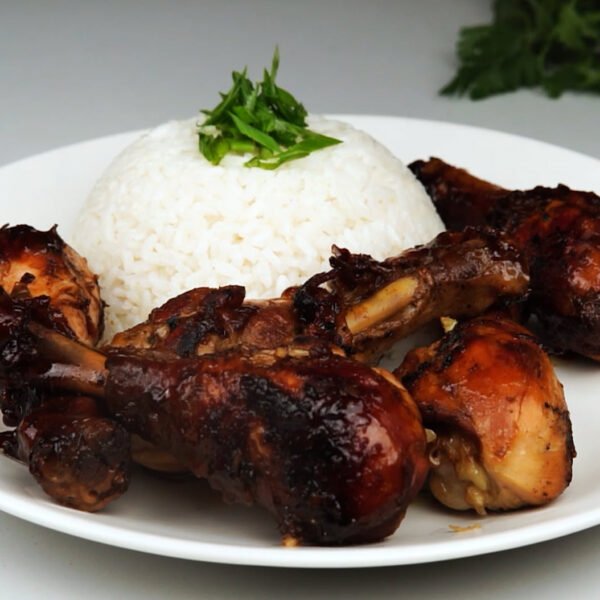
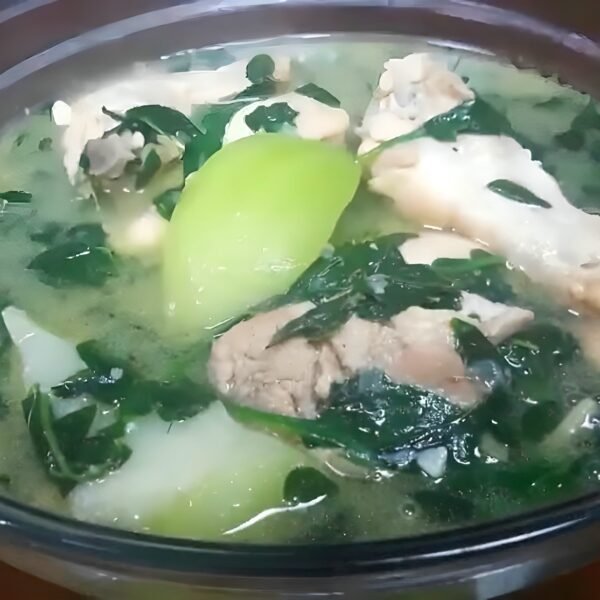
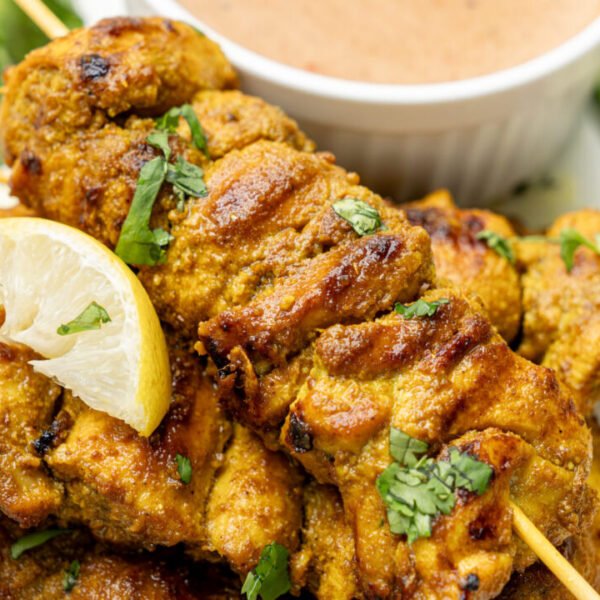
Leave a Reply